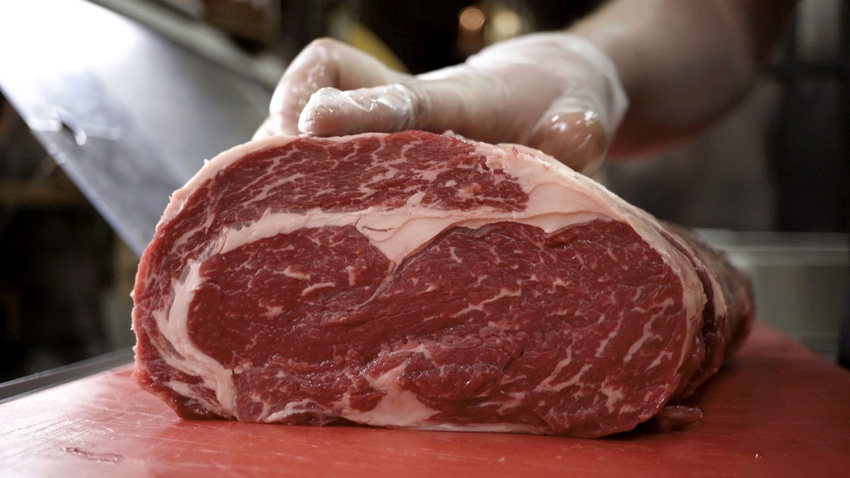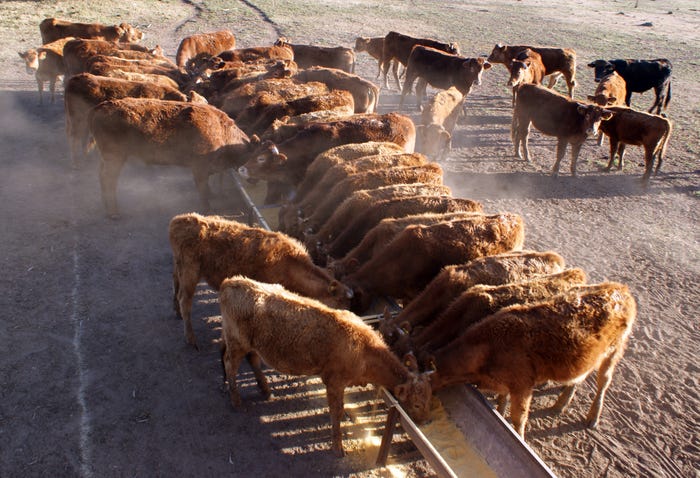Selling your beef direct-to-consumer
Tips to consider and steps to take when selling direct-to-consumers.
June 19, 2024

Courtney Bir, Oklahoma State University Agricultural Economics, Extension Specialist Farm Management and Agricultural Finance
Rodney Holcomb, Oklahoma State University Agricultural Economics, Extension Food Industry Economist
Facing tight margins, many producers may be considering marketing alternatives. One option that has increased in popularity since the COVID-19 pandemic is selling direct-to-consumers. When you sell directly to consumers, it’s a big change. You are no longer selling livestock (agricultural commodity), you are marketing beef (packaged food product). This may seem like a small difference but feeding out (or grazing longer) cattle for slaughter and selling beef to the end consumer adds complexities to your cow-calf or stocker operation. Plus, the end consumer may have certain expectations or preferences for the beef consumed by their family.
One of the first steps to considering direct-to-consumer beef sales is understanding the different types of meat inspection. Custom exempt may be the easiest option to start with. Under custom exempt processing, the animal is not processed under any form of inspection and cannot be sold as individual cuts. This meat can only be consumed by the buyer of the live animal and non-paying guests, which is why the packaging is marked “not for resale.” You are selling the live animal to the end consumer. You may have multiple buyers, for example- 4 different families each purchasing one quarter. You may even take the sold animal to the processor for the buyer. The end consumer works with the processor on filling out the cut sheet (carcass breakdown instructions). It would be a good idea to be familiar with the cut sheet of the processor you commonly use, as consumers may reach out toyou with questions before making their purchase. The consumer will pay for the processing and pick up the meat when it is ready. There are more custom exempt processors in the state of Oklahoma than state and federally inspected- which increases your options. Custom exempt is easier to price, you must sell on a per head or live weight basis, so it is easier to determine your costs and add an appropriate profit margin. Additionally, you are only selling a whole animal or shares of the animal in comparison to selling many individual cuts of meat.
State inspected plants have an ODAFF inspector performing pre- and post-mortem inspections of the animal/carcass, and this allows you to sell individual cuts of meat within the state of Oklahoma. Under federal (USDA) or Talmadge Aiken Act (USDA/ODAFF partnership) inspection, you can sell products across state lines and maybe internationally (requires additional global certification). Selling individual cuts of meat may require additional freezer space, or a location where consumers can shop. Other options would include a subscription service or online sales. One point of difficulty is pricing. It can be difficult to price several individual cuts of meat, knowing there is a relationship in price (for example hamburger tends to be cheaper than steaks) while trying to attract customers and ensure a profit.
In general, direct-to-consumer meat sales can be a good option for some producers. Things to keep in mind include- the costs of feeding out cattle, the proximity of processing plants that have the type of inspection you want and finding market outlets for every animal or cut of beef. You may be driving long distances for processing depending on the location of your operation. Where are your customers, and what are their preferences? They are likely to purchase from you because they like local foods or are interested in your story.
You May Also Like



